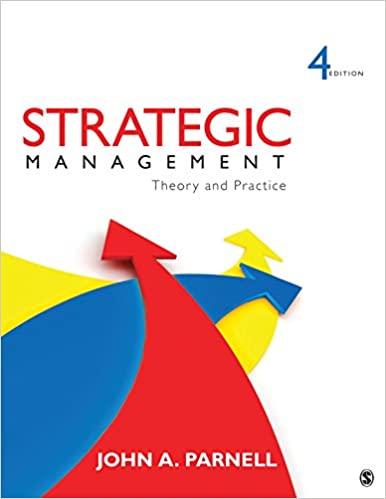George Schneider founded Anheuser-Busch in St. Louis in 1852. In 1860, the brewery was sold to Eberhard
Question:
George Schneider founded Anheuser-Busch in St. Louis in 1852. In 1860, the brewery was sold to Eberhard Anheuser and several other investors, although Anheuser later bought out the others.
Adolphus Busch married into the family in 1861—hence the Anheuser-Busch connection.
Budweiser was first introduced in 1876. By 1907, production peaked at approximately 1.6 million barrels per year. Between 1919 and 1933, the company survived Prohibition by producing such products as malt syrup, ice cream, and even a chocolate beverage. Following the end of Prohibition, sales climbed again, reaching 2 million barrels per year by 1938 and 3 million by 1941.
Anheuser-Busch acquired the St. Louis Cardinals baseball team in 1953. In 1957, Anheuser-
Busch passed Schlitz as beer industry revenue leader. In 1959, the Busch Entertainment theme park division was established. Throughout the 1950s, 1960s, and early 1970s, new breweries were periodically added, with production reaching 30 million barrels by 1974.
Anheuser-Busch launched its Eagle Snacks unit in 1982 and introduced Budweiser in the United Kingdom and Japan in 1984 through licensing agreements. In 1996, the company sold the Cardinals baseball team and stadium for $150 million and closed its Eagle Snacks unit, completing its departure from the food business. Anheuser-Busch continued its global activity in the 1990s, acquiring interests in brewers in Mexico in 1993, in China in 1995, and in Brazil and Argentina in 1996. Company growth was steady throughout the 1990s and 2000s.
Belgian-Brazilian multinational beverage company InBev acquired Anheuser-Busch in 2008. At that time, Anheuser-Busch led the U.S. beer market with 30 different varieties, including Budweiser, the nation’s top-ranked beer. Anheuser Busch also produced Bud Light, Michelob, Busch, and an array of specialty brews and also operated several theme parks including Busch Gardens and SeaWorld. InBev was the largest brewer in the world, boasting a 25% market share globally. The merged firm—Anheuser-Busch InBev—employs over 100,000 workers throughout the world, generates about $40 billion in total revenues, and is the dominant brewer globally.
Case Challenges
1. The merger of global brewing giant InBev with Anheuser-Busch created an even more dominant global brewer, Anheuser-Busch InBev. Evaluate the pros and cons of the merger since 2008.
2. Does the growth of microbreweries (i.e., small-scale brewers) pose a serious threat to Anheuser-Busch InBev?
3. To what extent can Anheuser-Busch InBev control or influence public sentiment concerning such social issues as drinking and driving, underage drinking, and alcohol abuse?
Step by Step Answer:






